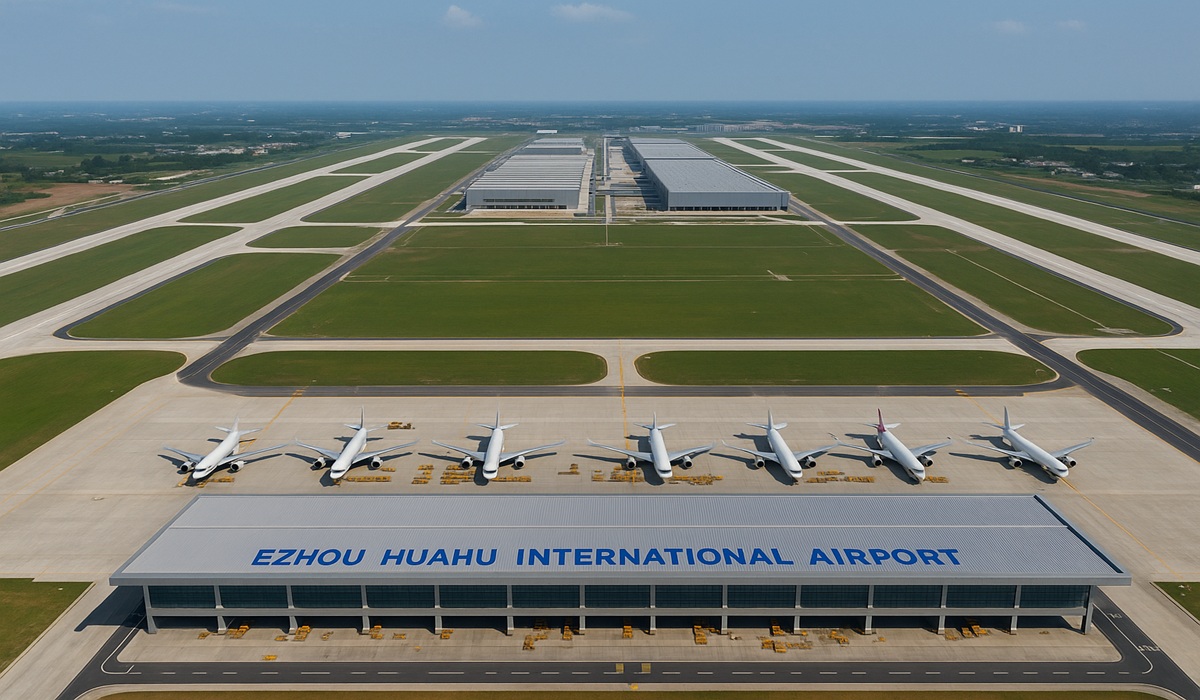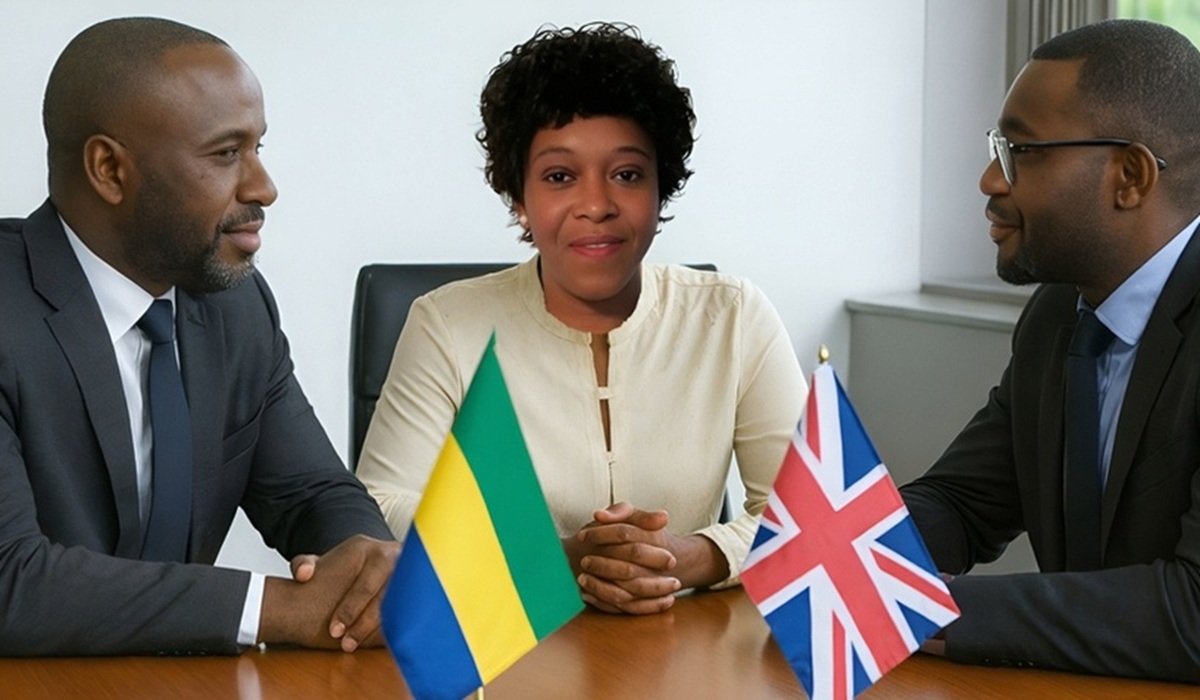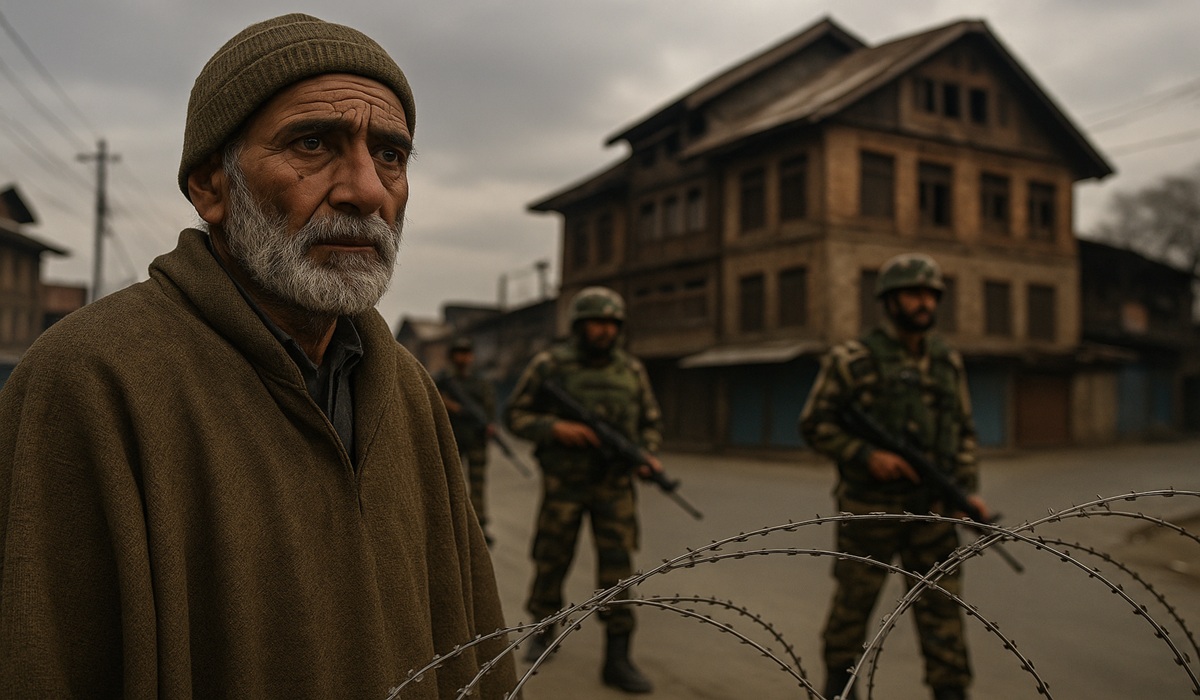Al Udeid Air Base At A Turning Point: What Happens When The U.S. Is Expelled From Qatar?
- TDS News
- Middle East
- Trending News
- September 13, 2025

By Donovan Martin Sr, Editor in Chief
For decades, Al Udeid Air Base, sprawling across the outskirts of Doha, has been the linchpin of U.S. military power in the Middle East. Its runways launch sorties across multiple theaters, its command centers coordinate intelligence and surveillance operations, and its logistical hubs enable rapid deployment of troops and equipment across the region. The base is not merely a military installation; it is the heart of U.S. Central Command’s operational reach, connecting Washington to crises from the Persian Gulf to the Levant and beyond. But now, the possibility that Qatar could expel U.S. forces—or that the relationship could sour to the point of a de facto withdrawal—casts a shadow over the entire Gulf strategic framework.
The consequences for U.S. operations would be immediate and profound. Al Udeid houses the Combined Air Operations Center, which orchestrates air campaigns, reconnaissance missions, and aerial refueling. It enables real-time intelligence sharing, rapid decision-making, and coordinated force deployment. Remove that hub, and CENTCOM’s operational rhythm fractures. Commanders would need to shift functions to Bahrain, Kuwait, Saudi Arabia, or the UAE—each capable, but none matching Al Udeid’s integrated infrastructure and operational depth. Response times to emerging threats would lengthen; coordinated strikes might take hours or even days longer to implement; and intelligence gaps could appear, providing adversaries with opportunities to probe weaknesses. The loss of a single base would ripple across an entire command structure honed over decades.
For Qatar, the implications are equally profound. The U.S. presence has long served as a deterrent against regional pressures, particularly from neighbors with whom Doha has had tense relations. Saudi Arabia, the UAE, Bahrain, and Egypt have all tested Qatar’s policies at various points, most notably during the 2017 blockade. Without the implicit shield of American forces, Qatar could find itself navigating a more precarious landscape, where diplomacy alone may not suffice to prevent coercion or pressure from regional powers. Even states with historically cordial relations could recalibrate their posture in response to a perceived weakening of Qatar’s security guarantees.
At the same time, the void would attract the attention of global powers seeking influence in the region. Russia, already active in the region through diplomatic and military partnerships, might attempt to capitalize on gaps in operational command and regional leverage. China, by contrast, would likely maintain its longstanding position of avoiding foreign military bases, focusing instead on trade, infrastructure, and technology partnerships rather than direct military involvement. The result is a subtle but significant recalibration of regional power dynamics, where influence is contested without direct replication of U.S. capabilities.
A U.S. pullout would also affect allied operations. Britain and other Western partners, already stretched thin, might reconsider the scale of their regional deployments. The collective deterrence that has maintained relative stability in the Gulf for years could be weakened, leaving room for opportunistic actors to test the limits of regional security arrangements. The ripple effect would extend far beyond Qatar, challenging the foundations of the U.S.-led strategic architecture in the Middle East.
For Doha, the decision is about sovereignty, security, and long-term strategy. Hosting Al Udeid has long provided a transactional form of protection: nominal compensation and operational assurance in exchange for hosting foreign forces and aligning, to some degree, with U.S. strategic interests. But the calculus is shifting. Recent events, including targeted attacks in Doha despite Qatar’s mediating role, highlight the limits of American protection. If the U.S. presence cannot prevent such incidents or is perceived as serving transactional interests over Qatar’s security, the value of hosting the base diminishes.
At the same time, Qatar commands substantial resources from its energy exports, providing the nation with the means to invest in its own defense, develop independent intelligence capabilities, and pursue diversified partnerships. Expelling U.S. forces could be framed as a bold assertion of sovereignty, signaling that Doha is charting its own path. Yet this decision carries risks: the country would need to manage operational gaps, recalibrate regional relationships, and navigate a more unpredictable geopolitical environment.
Removing U.S. forces would send a clear, powerful signal. For decades, Al Udeid has symbolized Qatar’s alignment with a global power and its reliance on external security guarantees. Expulsion would announce that Doha is reasserting control over its territory and policy direction. Regional actors would take note, recalibrating expectations and strategies in response. Allies and rivals alike would reassess American commitment and the calculus of deterrence, altering the strategic fabric of the Gulf.
Expelling U.S. forces from Al Udeid would not merely close a military installation—it would fracture a command network, recalibrate regional alliances, and force Qatar to confront fundamental questions about sovereignty, security, and influence. CENTCOM’s operational mobility would be challenged, regional power dynamics would shift, and a vacuum could emerge that demands careful diplomatic navigation. For Qatar, the stakes are high: the decision is as much about asserting independence as it is about managing risk. In a region defined by complex alliances and shifting influence, the outcome will reverberate far beyond Doha, reshaping the Gulf’s strategic landscape for years to come.








